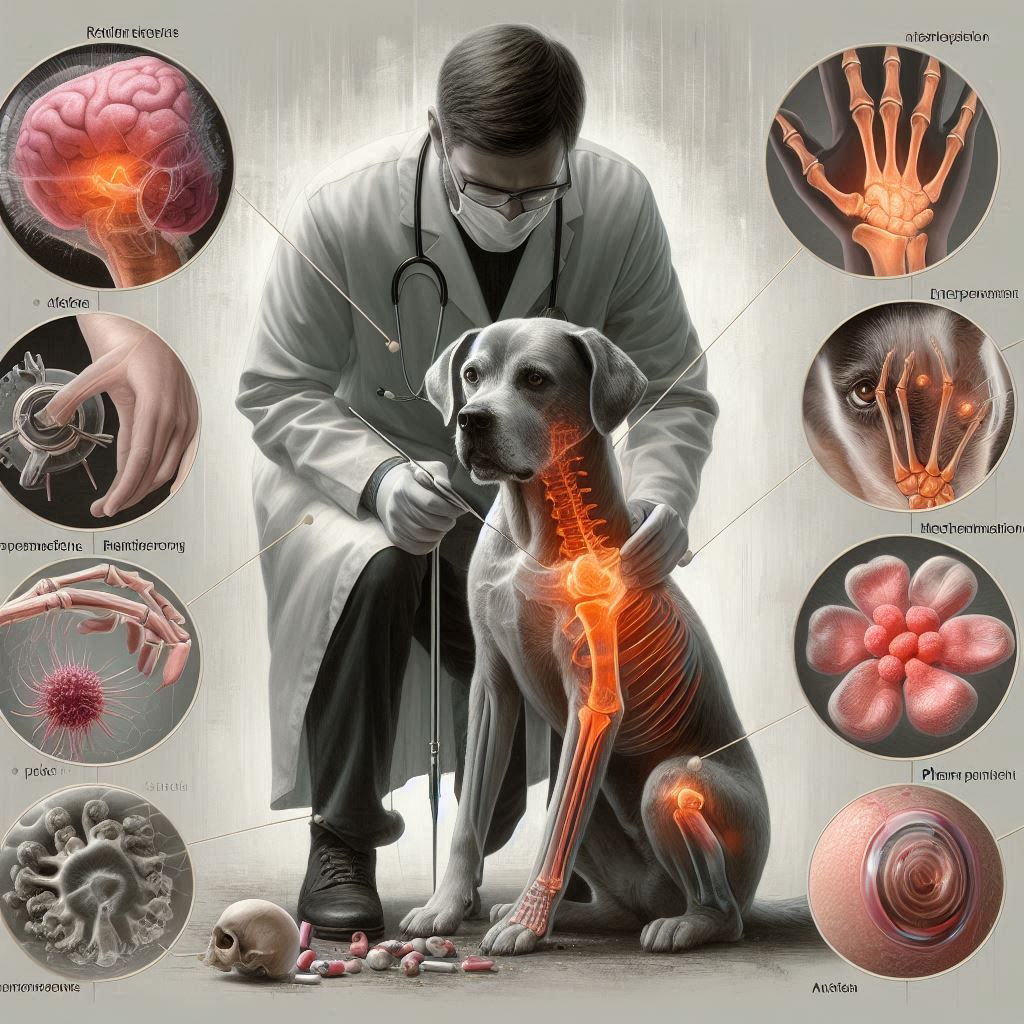When it comes to choosing the right canine companion, understanding the unique characteristics of different dog breeds can make all the difference. Whether you're looking for a family pet, a working partner, or simply want to learn more about these amazing animals, this guide will help you understand some popular breeds and their distinct qualities.
Working Dogs: The K9 Units
The term K9 (or K-9) refers to police and military working dogs trained for specialized duties. These highly intelligent canines serve alongside law enforcement officers in roles such as search and rescue, drug detection, bomb detection, and suspect apprehension. German Shepherds, Belgian Malinois, and Labrador Retrievers are commonly used as K9 partners due to their trainability, loyalty, and physical capabilities. A well-trained K9 officer can save countless lives and is considered an essential member of modern law enforcement teams.
American Bully: More Than Meets the Eye
The American Bully is often misunderstood due to its muscular appearance and powerful build.
Originally developed in the United States in the 1990s, this breed was created by crossing various bully breeds to produce a gentle family companion with a stable temperament. Despite their intimidating size, properly bred and socialized American Bully dogs are known for being affectionate, patient with children, and extremely loyal to their families. They require consistent training and socialization from puppyhood, but their gentle nature often surprises those who expect aggression based solely on their
appearance.
French Bulldog: The Charming Apartment Companion
The French bulldog has skyrocketed in popularity over the past decade, becoming one of the most sought-after companion breeds worldwide. These small, muscular dogs with their distinctive "bat ears" and expressive faces originated in England but were developed into their current form by lace workers who migrated to France. French bulldog owners appreciate their adaptable nature, minimal exercise requirements, and affectionate personalities. However, potential owners should be aware that their brachycephalic (short-nosed) structure can lead to breathing difficulties, especially in hot weather. This makes them perfect apartment dwellers but requires careful monitoring during extreme temperatures.
Border Collie: The Canine Einstein
When discussing canine intelligence, the border collie consistently ranks at the top of the list. Originally bred in the border regions between England and Scotland for herding sheep, these dogs possess an extraordinary work ethic and problem-solving ability. A border collie can learn hundreds of commands and understands complex concepts that many other breeds cannot grasp. Their intense focus and energy require significant mental and physical stimulation—without proper outlets, they can develop destructive behaviors. For active families who enjoy dog sports like agility, obedience, or flyball, the border collie can be the perfect partner, but they're not ideal for sedentary lifestyles.
Bull Terrier: The Gentle Gladiator
The bull terrier is instantly recognizable by its unique egg-shaped head and triangular eyes. Developed in 19th century England by crossing Bulldogs with terriers, this breed was originally used for dog fighting and vermin control. However, modern bull terrier breeding has focused on creating stable, affectionate companions. Despite their tough appearance and history, properly socialized bull terrier dogs are typically gentle, playful, and devoted to their families. They have a reputation for being stubborn and require experienced handling, but their clownish personality and unwavering loyalty make them beloved companions for those willing to invest in proper training.
Shih Tzu: The Royal Lap Dog
The Shih Tzu (pronounced "sheed-zoo") has a rich history dating back to ancient Chinese imperial courts, where they were bred as companions for royalty. These small, long-haired dogs were considered sacred and were never sold—only given as gifts. The Shih Tzu breed is characterized by its flowing double coat, distinctively pushed-in face, and confident, friendly temperament. Unlike many small breeds that can be nervous or yappy, the Shih Tzu is typically calm, adaptable, and excellent with children and other pets. Their minimal exercise needs and affectionate nature make them ideal for seniors, apartment dwellers, and anyone seeking a devoted lap companion.
Choosing the Right Breed for Your Lifestyle
Understanding these breeds—from the highly trained K9 working dogs to the gentle American Bully, the charming French bulldog, the brilliant border collie, the unique bull terrier, and the regal Shih Tzu—helps potential owners make informed decisions. Each breed has specific needs regarding exercise, grooming, training, and socialization.
Before bringing any dog into your home, consider:
Your activity level and available time for exercise
Your living space (apartment vs. house with yard)
Your experience with dog training
Your tolerance for shedding and grooming requirements
Your budget for veterinary care, especially for breeds prone to health issues
Remember that mixed-breed dogs from shelters often combine the best traits of various breeds and can make wonderful companions. Whether you choose a purebred border collie for agility competition or adopt a mixed-breed with Shih Tzu characteristics for companionship, the most important factor is providing a loving, responsible home.
By understanding breed characteristics and matching them to your lifestyle, you'll create the foundation for a lifelong bond with your canine companion—one that brings joy, security, and unconditional love to your daily life


